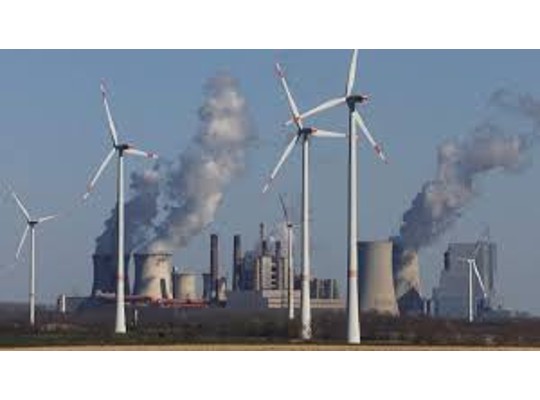Washington DC – A review by the SUN DAY Campaign of data newly released by the U.S. Energy Information Administration (EIA) confirms that solar’s decade-long streak as the nation’s fastest growing source of electricity continues uninterrupted.
Key Year-to-Date (YTD) Trends for Solar:
In its latest monthly “Electric Power Monthly” report (with data through May 31, 2024), EIA says the combination of utility-scale and “estimated” small-scale (e.g., rooftop) solar increased by 25.3% in the first five months of 2024 compared to the same period in 2023.
Utility-scale solar thermal and photovoltaic expanded by 28.9% while small-scale solar PV increased by 17.8%. Both segments grew substantially faster than any other energy source during the period.
Together, solar was almost 7.0% (6.6%) of total U.S. electrical generation for the period and nearly 9.0% (8.6%) in May alone.
Small-scale solar accounted for more than 30% of all solar generation and provided 2% of U.S. electricity supply in the first five months of this year. It was over 2.4% in May.
As a consequence, small-scale solar PV is now generating almost twice as much electricity as utility-scale biomass as well as over five times more electricity than either utility-scale geothermal or the mix of petroleum liquids and coke.
Key YTD Trends for Wind and Other Renewables:
Following significant declines in 2023, wind-generated electricity has continued to show signs of recovery in 2024.
The electrical output of the nation’s wind farms in the first five months of 2024 was 4.0% more than that of a year ago. In May alone, wind-generated electricity was 21.4% above the level recorded for the same month a year earlier.
Between January and May, electrical generation by the mix of all renewables (i.e., solar and wind plus hydropower, biomass and geothermal) grew by 6.7% compared to the same period a year earlier and provided 26.4% of total production. Renewables accounted for 25.8% of electrical output in the first five months of 2023.
In May alone, electrical generation by renewables grew by 8.1% compared to May 2023 and were 27.3% of the U.S. total. A year earlier, their share had been 26.7%.
In addition, for just the month, the combination of wind and solar accounted for 19.6% of the nation’s electrical generation while they provided 18.8% for the five-month period.
Other Developments:
During the first five months of 2024, solar generation (6.6% of the total) pulled ahead of hydropower (6.1%). In May alone, solar produced almost 40% more electricity than hydropower thereby further cementing solar’s new status as the second largest renewable energy source – behind only wind (whose own output in May was almost double that of hydro).
In May alone as well as during the first five months of this year, the combination of wind and solar produced more electricity than did either coal or nuclear power.
Taken together, renewables strengthened their position as the second largest source of electrical generation, behind only natural gas whose lead over renewables continues to narrow.
“Increasingly, EIA is under-reporting solar’s share of the nation’s electrical output by citing just utility-scale generation and neglecting to include the estimated contribution of small-scale solar systems,” noted the SUN DAY Campaign’s executive director Ken Bossong. “If distributed solar were to be included in future EIA news releases and other reports, renewable’s share of U.S. electrical generation would be seen to be at least two percentage points higher.”













